Your Cart is Empty
1-844-WILDOAK - Call or Chat: Mon to Fri 10am-10pm CST
Menu
-
- Shop
- Brands
- Deals & Specials
-
- About us
- Free Resources
- Blogs
- 1-844-945-3625
- Login

1-844-WILDOAK - Call or Chat: Mon to Fri 10am-10pm CST
Off-Grid Living: 12 Things You Can Do To Grow Your Own Food
by Jefferson Ebasan June 18, 2021 10 min read
Living off the grid usually does not necessitate a large amount of land. You make do with what you've got. Some would even argue that living off the grid is our natural state. It is possible to do it right now, using your understanding of off-grid farming.
It's critical to learn how to grow your food before embarking on an off-grid lifestyle. For example, you can't expect to get tomatoes for months after planting a seed in the ground. That seed needs good soil with good drainage, a steady water supply, and some tender loving care. This article will go over what makes good soil, how to get fantastic ground with few weeds, how to irrigate your crops, animal husbandry, how to grow fruits and vegetables, grains, and herbs, how to store and preserve food, and, of course, the expected costs and workload. After reading this book, you will have a fundamental understanding of when, how, and even where to begin living off the grid.
1. Locate the Ideal Location
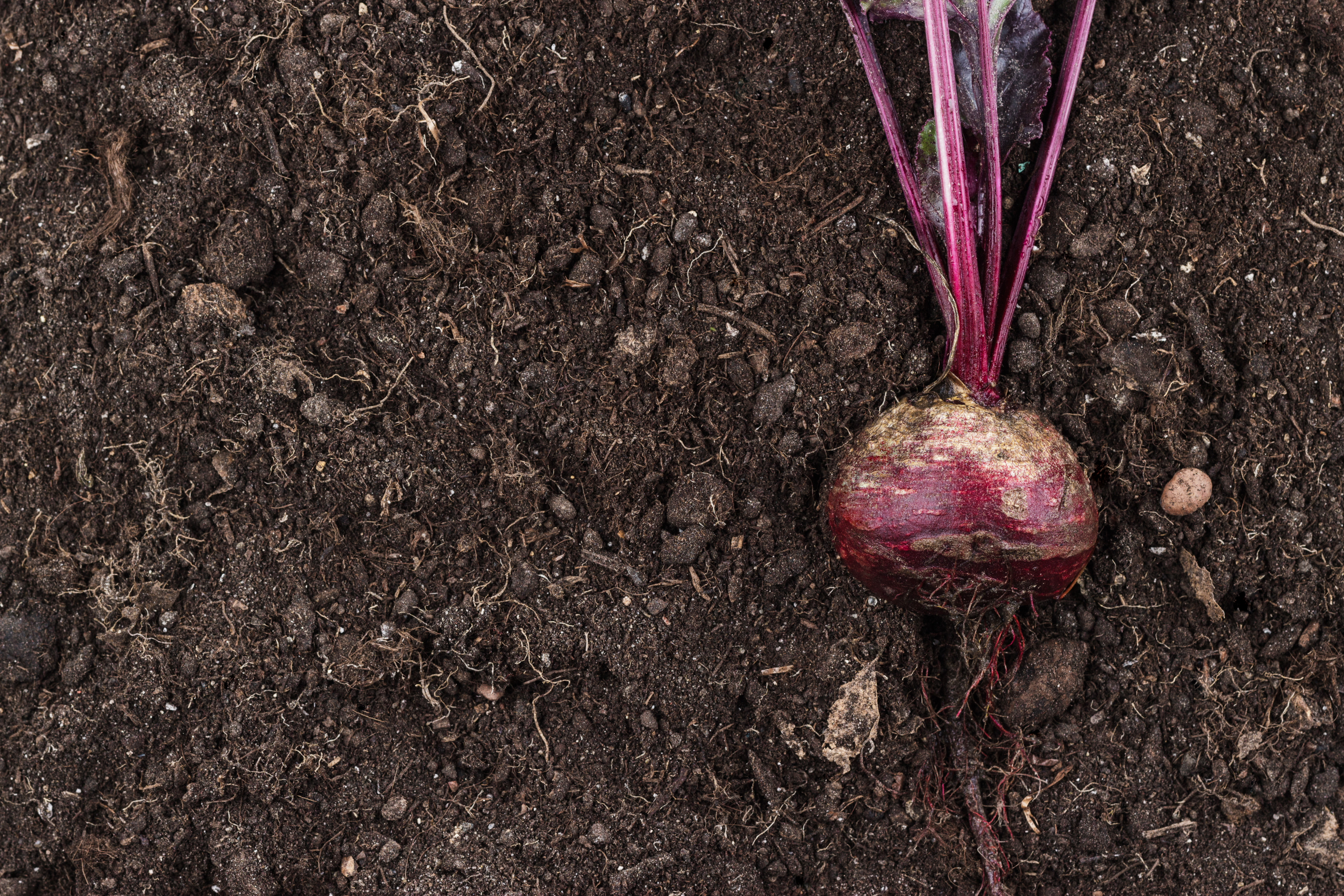
In recent years, allotment gardening has had a rebirth, but you don't have to hire a dedicated space right once - or ever - to grow your own. Instead, start small by enclosing a piece of your back vegetable garden or erecting a few raised beds. Begin even more modestly by purchasing a couple of containers from your local garden center.
2. Prepare Ahead of Time
Most vegetables and fruits have a season, which is a time of year when they are the ripest and most flavorful. This means that the optimal time to plant them is frequently near the end of the growing food season. Make a schedule in your notebook or calendar for sowing and harvesting your plants.
3. Mix things up
Even if your vegetable garden is tiny or you're just going to grow food in a few small containers, try to mix up what you plant. Your first massive harvest of green beans will pique your interest, but multiple more minor crops of various vegetables and fruits throughout the year will keep you interested - and you'll learn a lot more.
4. Examine Your Soil
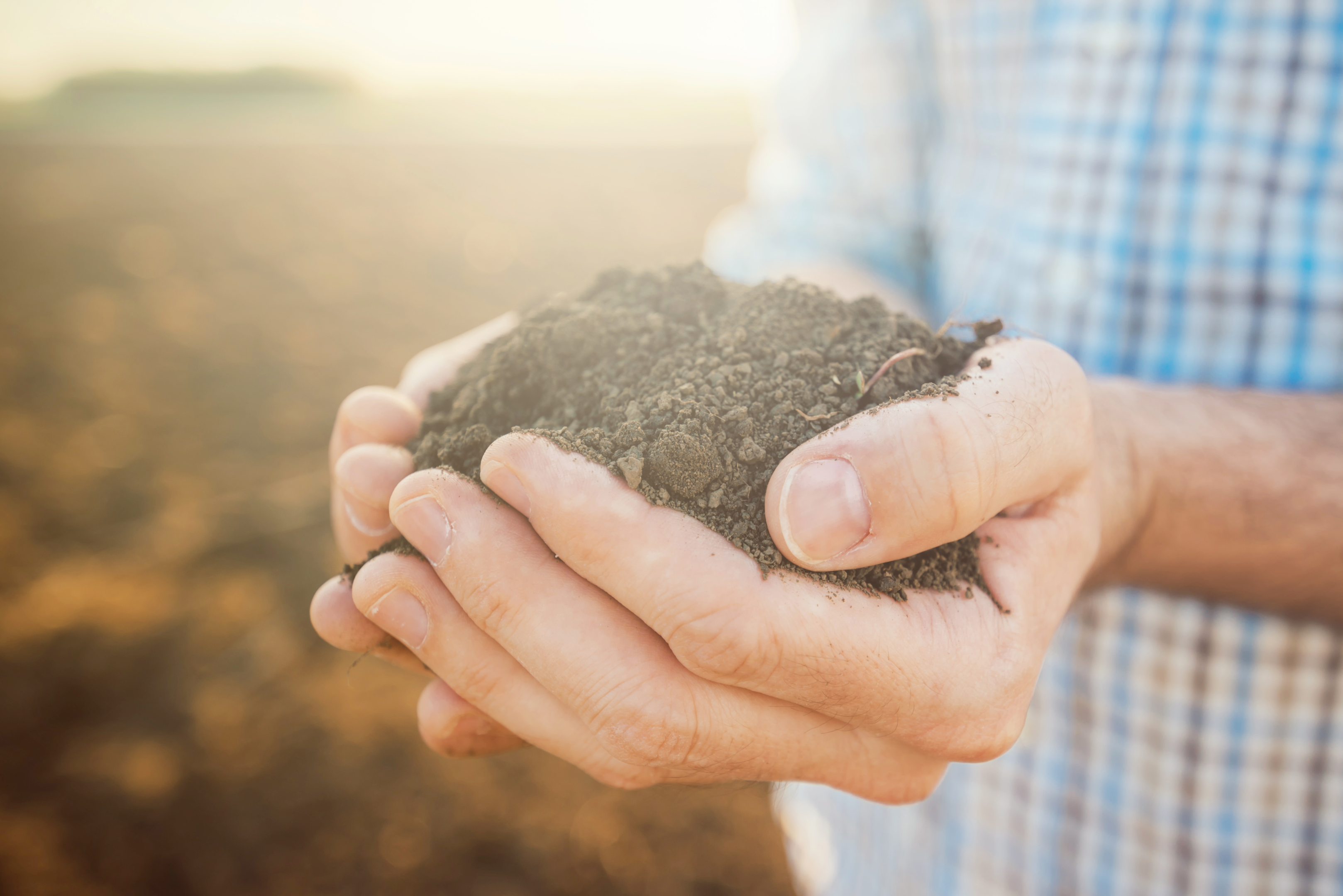
You must first know the type of soil you have before beginning your off-grid farming. Your plants will suffer if you don't have good soil. What you wish to plant will determine what kind of soil you need. Clay soil, which is particularly difficult to deal with, can be identified by scooping up a small amount of dirt and forming a sticky, flexible ball. It drains slowly and compacts quickly, necessitating extensive aeration.
You have sandy soil if it feels and looks grainy and crumbly. Although it is permeable and aerates well, it will be dry, infertile, and leach water. You have loam if your soil is fluffy and forms a loose ball. Loam is made up of an equal amount of sand, silt, and clay. Water and nutrient retention and good drainage and aeration are all advantages of this soil. Sandy loam is ideal for growing vegetables.
Scoop around two inches of earth into a mason jar to determine the sort of soil you have. Fill the pot with water to the top. Add a teaspoon of dish detergent to aid in the separation of soil particles. Allow the jar to sit for a day after shaking it. The soil will split, and depending on how thick the different layers are, you will see the overall qualities of your soil.
Once you've determined your soil composition, you'll be able to determine whether or not you need to make any alterations to get the ideal crop yield. There are several basic healthy farming techniques that you should include in your lifestyle regardless of the sort of soil you have from the start. Off-grid living is physically and mentally demanding, so you must budget your time and energy wisely. Collaborate with Mother Nature and let her do the heavy lifting for you.
5. Composting and No-Till Gardening
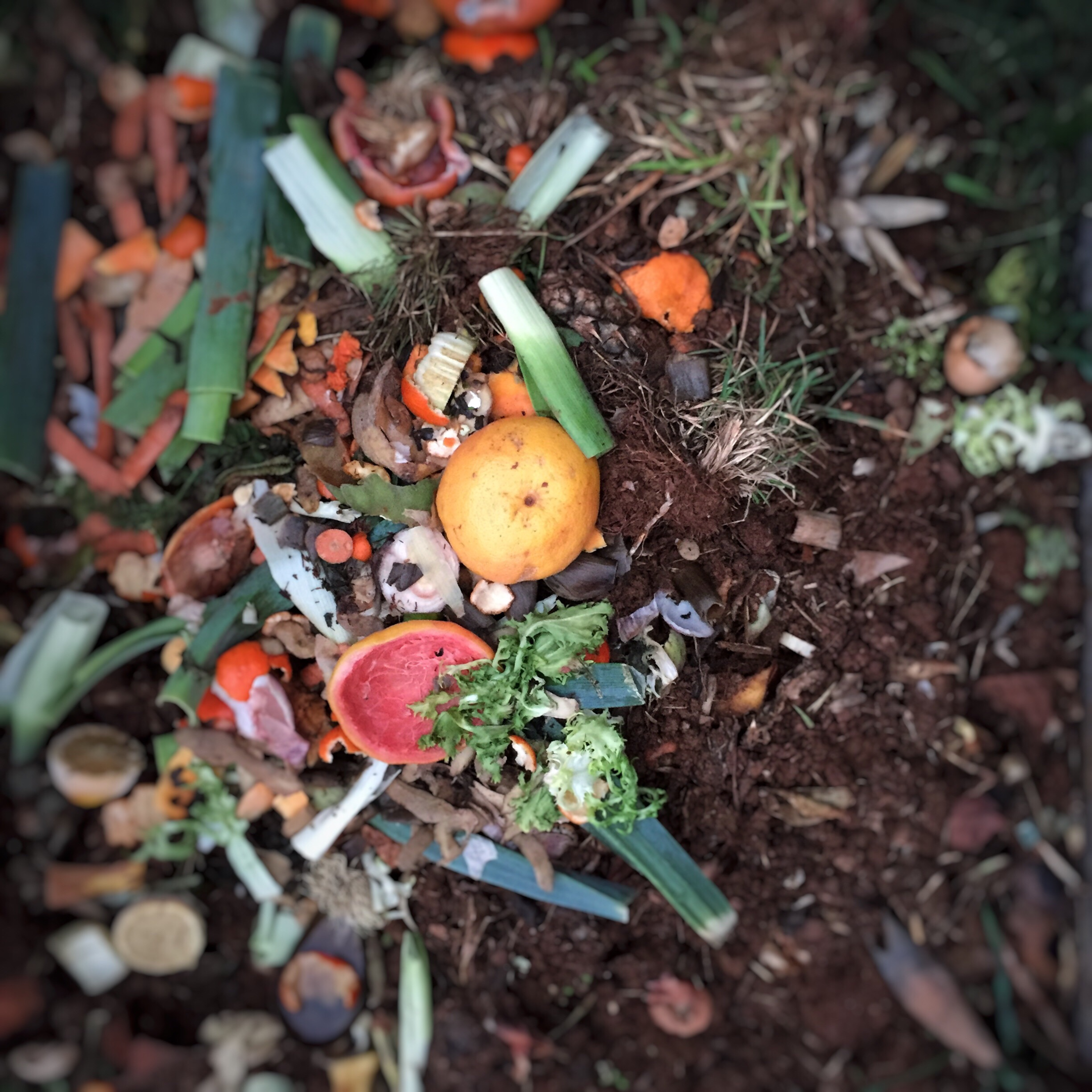
Your off-grid experience will be made or broken by how you set up your garden. You wish to save what the earth provides you with and return it to it. When you grow without tilling, you allow old organic matter to degrade on the ground and become the new topsoil layer. Then you plant right into this stratum. You are not upsetting the worms and bacteria, which are hard at work, by not tilling the soil.
Any latent weed seeds that are below the surface will remain dormant. While you may have many weeds the first couple of years, the longer you practice no-till gardening, the more productive your garden will be at keeping weeds at bay. This is because plant matter continues to decompose, adding another layer of soil to the weed seeds pushed farther down.
You are essentially composting when you let the organic particles settle. After that, you may take it a step further. Your Own Food scraps, tree debris, eggshells, and other organic waste can all be thrown into a compost pile. You'll want to keep an eye on your carbon and nitrogen ratios because they'll affect how quickly your compost decomposes and whether it rots or dries up.
Animal dung is an essential component and ingredient for composting and living off the grid.
6.Providing Irrigation to Plants
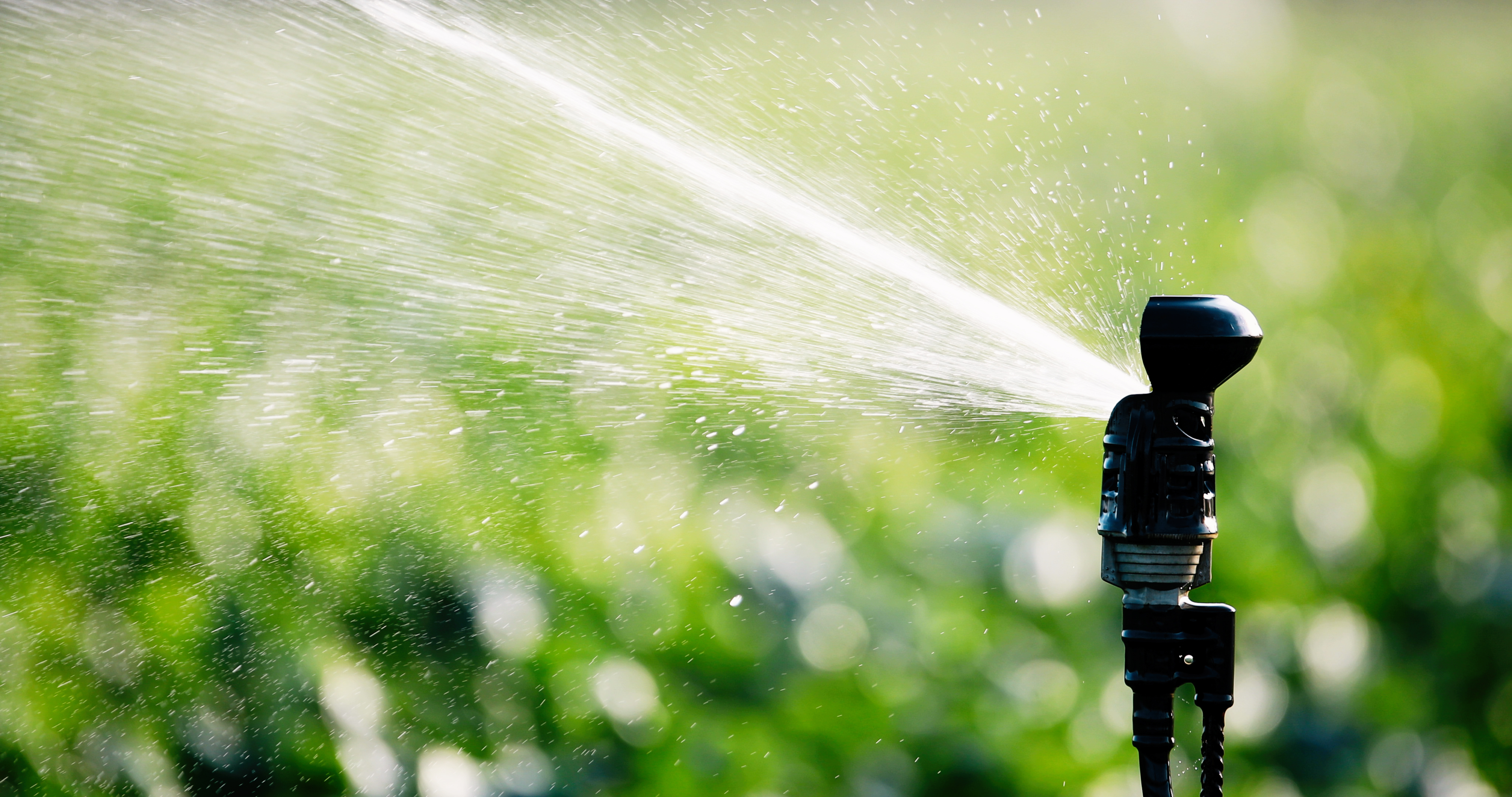
Plants require water, and the last thing you want to do all day is watering them. You can direct water from a nearby stream using gravity, or you can go the more industrial approach and install irrigation drip-tape or overhead irrigation. Working with the land's slope is preferable; otherwise, you may be forced to design a pump, which, although an alternative, is also a disaster waiting to happen. Anticipating problems and obstacles – and overcoming them before they occur – is an essential aspect of knowing how to grow your food.
7. Crop Selection
You can start planning your fruit and vegetable garden once you know your soil health and have a healthy farming practice in place, such as no-till.
What's the best way to get started? To begin, determine what grows well in your location. You can discover out by questioning other local producers or checking up what was traditionally evolved in the past in history books. Next, decide what you want to eat next. It's critical to produce what you want to eat when you're initially getting started. You will become discouraged if you do not do so. What if you invested an entire growing season and only got Swiss chard and beets, but you don't like Swiss chard or beets, so you ended up buying kale at the grocery store?
It would help if you started experimenting once you've gotten the hang of it and your taste senses have adjusted to the fresh produce you're creating. Including new foods in your crop rotation is a good idea. This is not only good for your health, but it also helps to maintain your soil balanced. Of course, if the worst comes to pass, you can always sell it or feed it to your animals.
Herbs
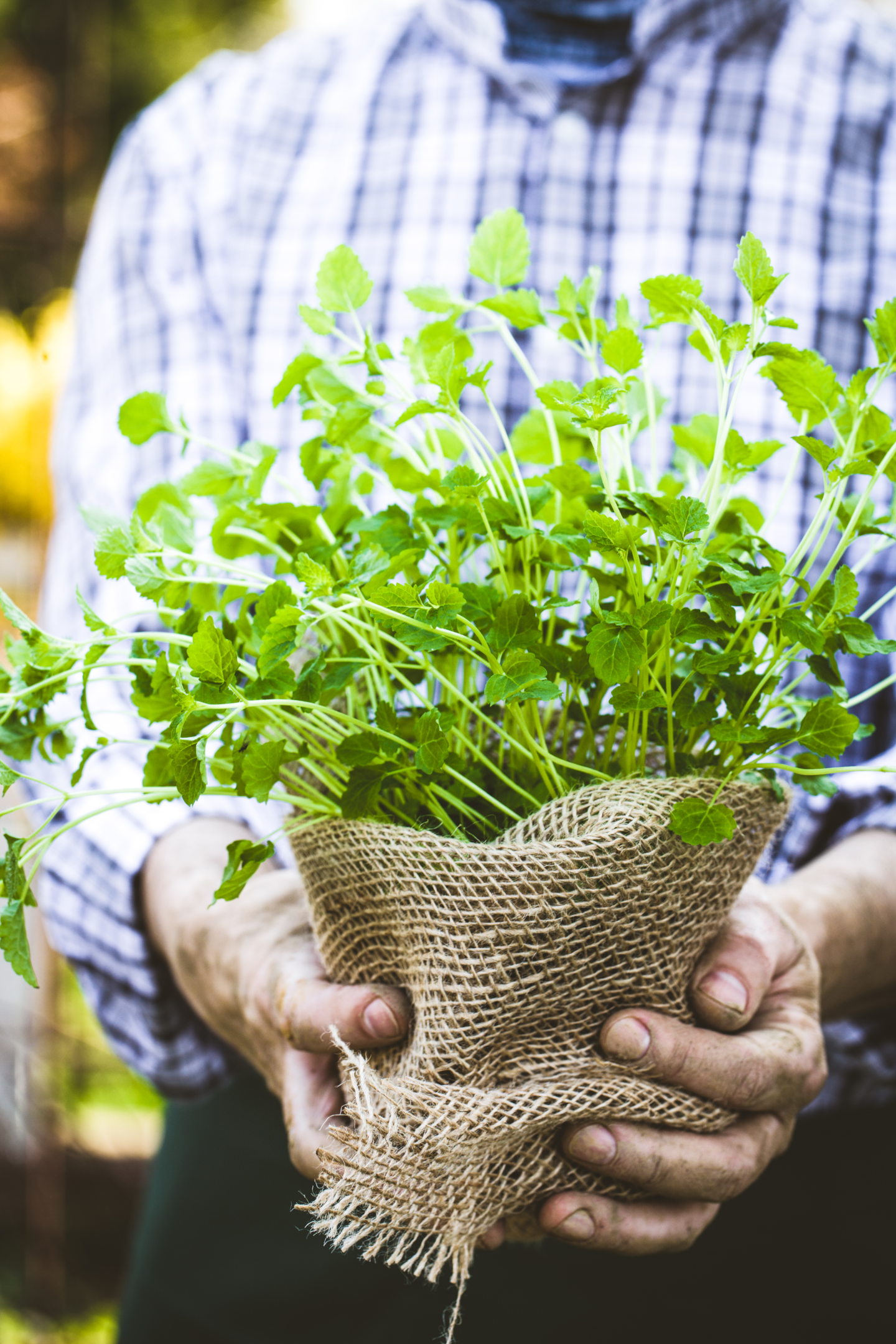
Herbs are essential because they may transform ordinary cuisine into something altogether different. Not to mention that they are nutritious, tasty, and simple to grow. Having a separate herb garden is an excellent idea. You can build a herb spiral, which is a method for cultivating various herbs in a limited amount of space. The herb spiral is just a pile of earth with spiraling stones that form a small spiraling ramp.
Fruits and Vegetables
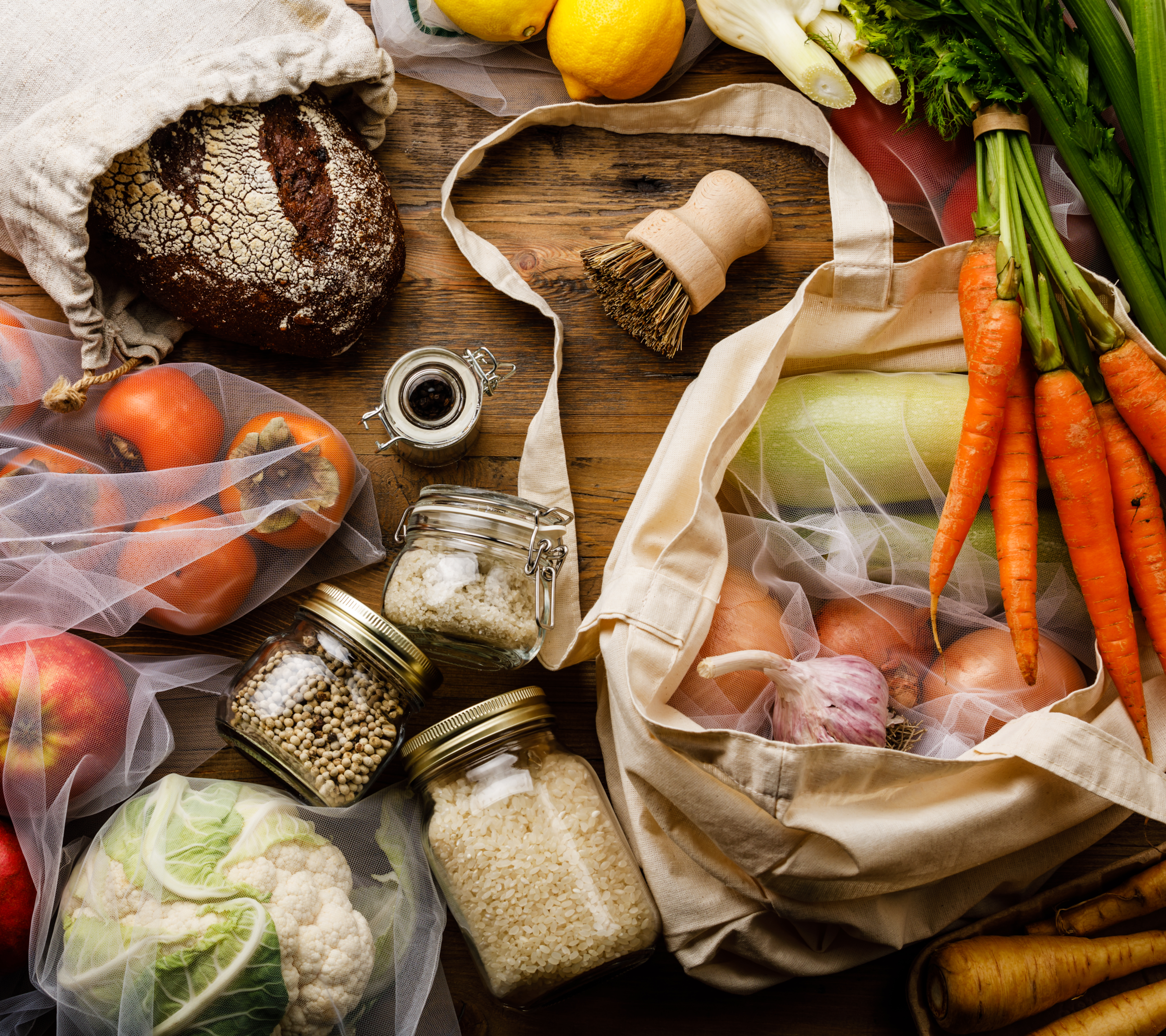
Fruit and nut trees take a long time to bear fruit, so they should be among the first items you plant. In addition, they'll provide much shade, so position your trees correctly.
Setting up a berry patch is a fantastic idea. Berries are perennial plants, meaning they grow year after year. They're delicious dried, frozen, made into jams, jellies, and preserves, and eaten straight or in pies. If you go all out, you could even start a you-pick garden, which would bring in some extra cash that could come in useful.
Vegetables are classified into sections based on the nutrients they require to survive. Heavy feeders, light feeders, and heavy givers all need to be rotated to keep your soil from becoming depleted.
Grains
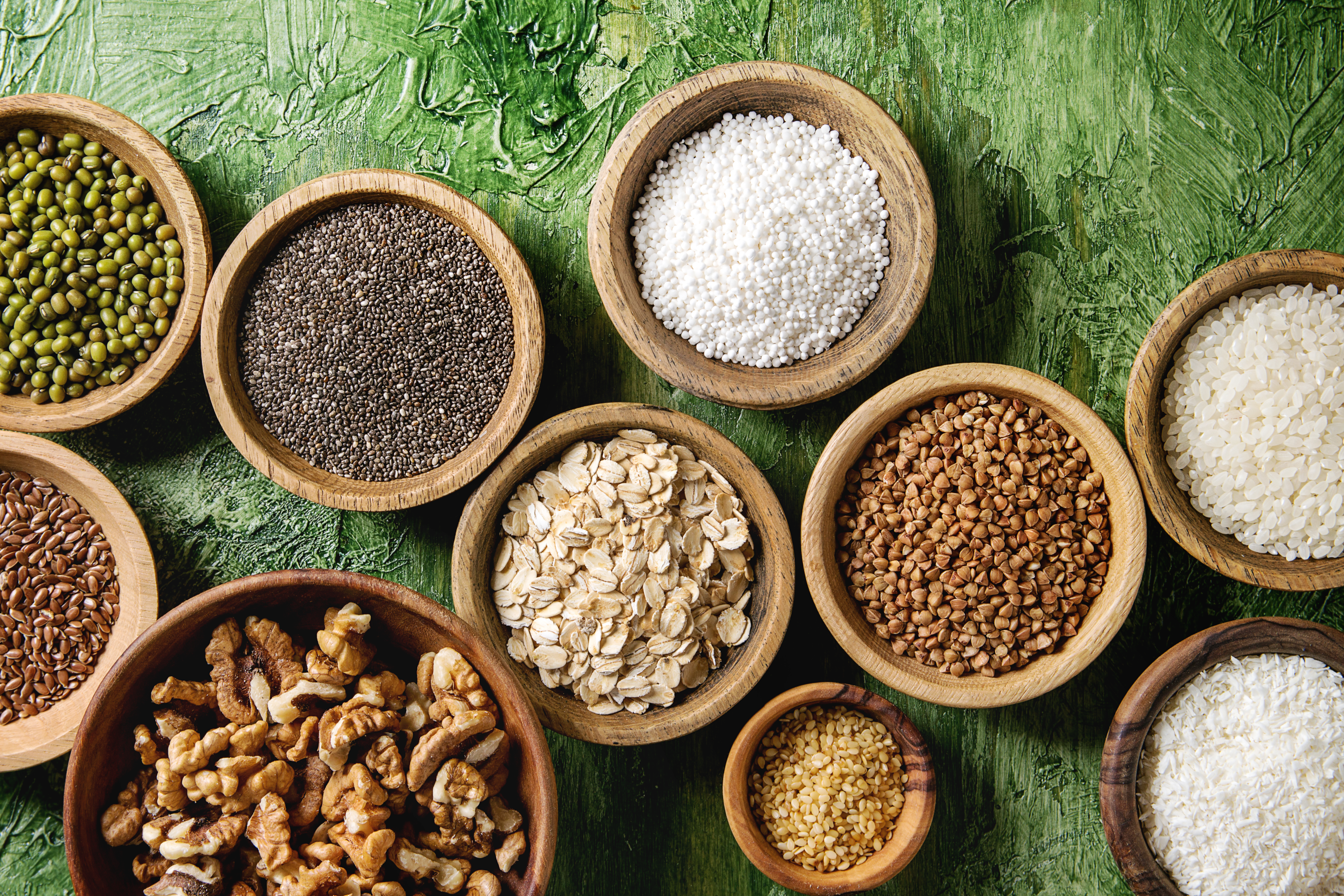
When it comes to cultivating grains, there are many myths to dispel. First and foremost, they are pretty simple to grow. Second, you don't need much land. Third, no special equipment is required.
Once you have your grain seeds, put them about 6 inches into the earth in a sunny spot. To ensure even dispersion, use a seeder (which can resemble a mason jar with holes drilled in the lid). When you have a harvestable crop, use pruning shears or a hedge trimmer to harvest it (or something similar). The seeds should next be removed off the stalks by pounding them with a stick. Finally, remove the paper coating from the grain by pouring it from one dish into another while standing in front of a fan.
A bushel of wheat can be grown on 1000 square feet of land, yielding roughly 60 pounds of grain. With that, I can make approximately 34 loaves of bread.
8. Cover your Produce
Because some fruits and vegetables are particularly vulnerable to frost or pests such as birds and insects, it's a good idea to provide them with enough protection. Polythene protects crops from pests and harsh weather, making it perfect for crops that need to retain heat or are susceptible to frost. A fine mesh cover will not provide the same level of weather protection, but it will keep creepy crawlies at bay. If cats threaten your plants, use chicken wire instead; cats will avoid it.
9. Harvest promptly
Some crops can happily wait in the ground or on the plant until you're ready to consume them once they've reached ripeness. Others will be more flavorful if gathered sooner. You're almost there, but keep an eye on your ripening plants because this is a critical moment. If you're not sure if a crop is ready, let your taste sense decide.
10. Livestock Production
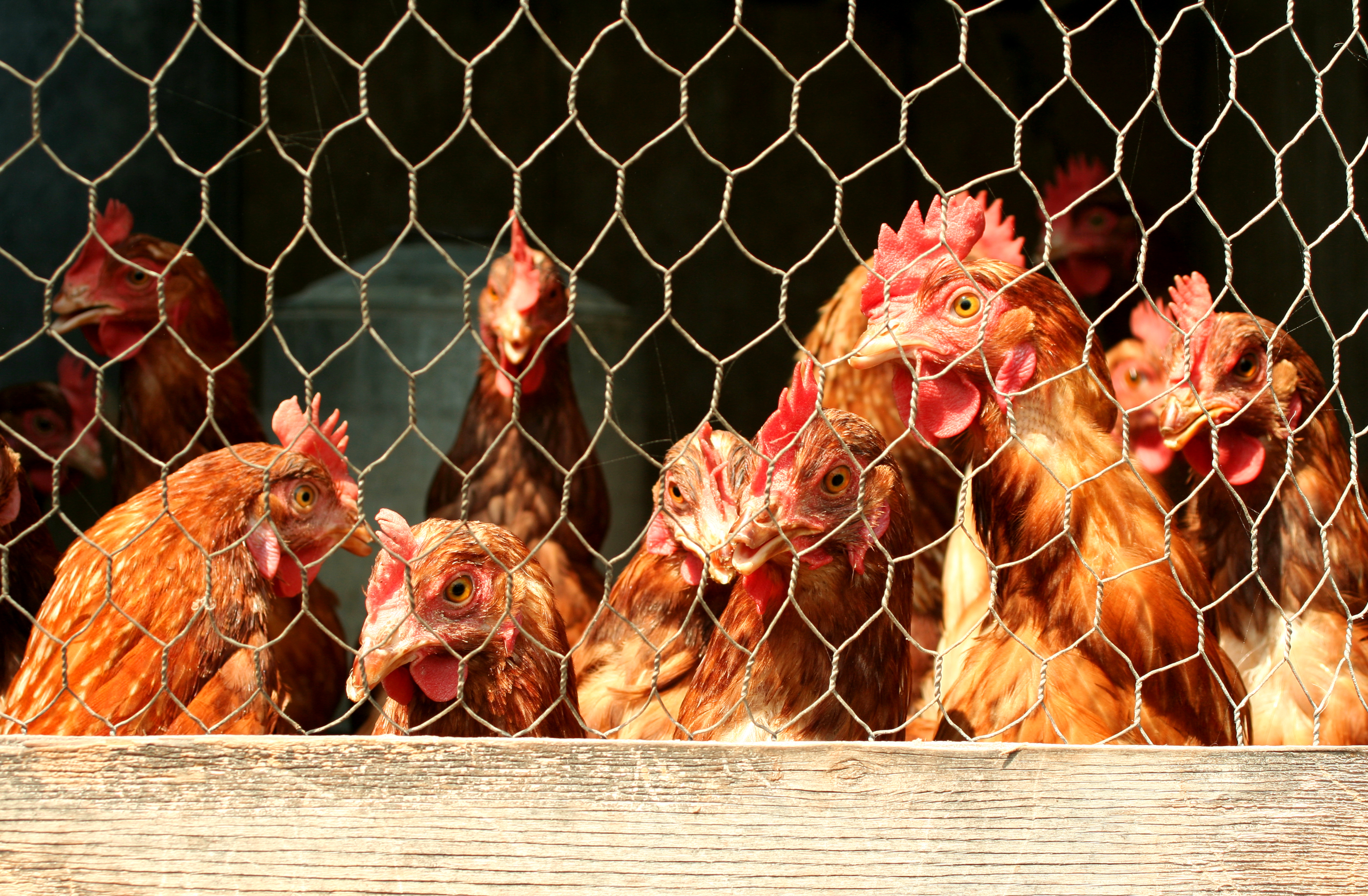
This may appear to be a difficult chore, mainly if you are new to living off the grid. Fortunately, if given the correct habitat, animals are darn good at taking care of themselves. If you allow them, they may end up looking after you and your garden.
While it may be tempting to have all of the animals, it is best to begin modestly and with creatures you enjoy eating (yes, that might sound horrible). Living off the grid has its advantages, one of which is that you are not alone. Human socialization is necessary for us as individuals. Find out what other farmers in your area are raising. Consider farming turkeys, sheep, and pigs if there are many cattle farmers in your area. Then you can collaborate to increase your meat supply.
It is critical to conduct extensive research into the personalities and needs of various animals. Goats, for example, will eat everything they come across. On the other hand, sheep give tasty milk for cheese, are edible, and do not consume everything in sight. Not to mention that there are several breeds available, some of which are superior in terms of wool, milk, and meat.
Chickens are a breeze to look after. They'll be set once they have a coop and some land. They like free-range living and will supply you with one egg every day. Freshwater, a good and consistent source of calcium and protein, shelter (including shade), and a place to dust bathe are all necessities. Chicken feces is a fantastic agricultural fertilizer. You may even build a chicken tractor, a mobile enclosure that lets the hens graze where you want them to. They defecate on the ground and eat bugs and grass. When you move them along, you'll have a beautiful patch of land to grow in: no bugs, plenty of fertilizer, and almost no grass.
11. Livestock Feed Production
Thinking about how you can feed your livestock from your property is a beautiful idea. Animals, like humans, require specific nutrients to survive and stay healthy. Growing cover crops like rye, wheat, and oats over the winter is an easy method to have a reliable source of animal feed.
Many folks will plant seeds or more vegetables solely for their cattle. Animals prefer veggies to grains, preservatives, and chemicals, so when it's time to butcher them, you can be assured that they've eaten enough fruits and vegetables. Pigs will eat canned veggies, whereas chickens prefer bugs and fresh greens.
Save the brush from your lawn if you have goats. Give your pets your own food leftovers that are safe to eat. Begin a worm composting system. Animals that are allowed to roam freely will eat from the land around them.
12.Enjoy Yourself
Please take pleasure in the fact that most of the food we buy at the grocery has traveled a long way to get to our table. Because the food you cultivate will be exceptionally fresh and in season, it will almost certainly be delicious. It will be even more rewarding because you grew it yourself!
Growing Food in Small Area
Do you think you won't cultivate your own food because you live in a small space? Reconsider your position. Urban people can grow food both inside and outside, utilizing whatever space is available, depending on their living conditions. Urban gardeners have a wide range of alternatives, from windowsill baskets to stairway pots, using several approaches.
Maximize Space Indoors
Taking advantage of chances to maximize vertical space is crucial in urban gardening. Window sills and delicious hanging baskets are simple ways to bring plants inside, but there are plenty of other DIY choices. To make an interior garden wall, use steel mesh, wood trellis, or another type of wall rack.
Getting the most out of your Outdoor Space
Establish your plants in a raised bed or large pots if you have some outside space, such as a rooftop, side yard, or small balcony. Then, for plants that vine, such as tomatoes, melons, squash, cucumbers, beans, peas, and so on, use a trellis structure to optimize vertical space. For example, to maximize space on a balcony garden, grow plants such as tomatoes, peppers, or eggplants upside down in hanging buckets.
Conclusion
Off-grid farming is at the heart and soul of the off-grid way of living. Growing your food and keeping your animals are logical decisions once you wish to live a clean and eco-friendly existence free of electricity lines and infrastructures.
Leave a comment
Comments will be approved before showing up.